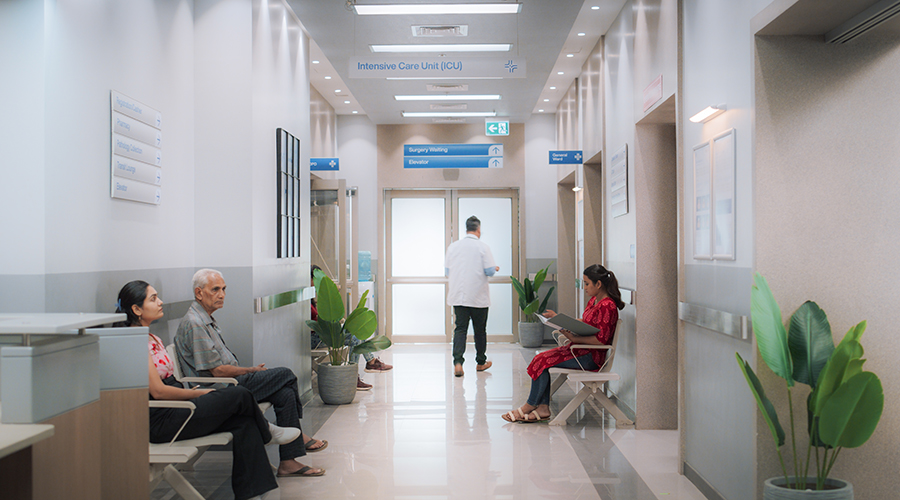It’s no secret that “going green” is here to stay. More companies are embracing what it actually means to be sustainable – and it’s more than just going paper-free. While some facilities are just simply changing out lightbulbs for LED ones, they are thinking of it as a cost-saving method when, really, it’s interrelated. Making sustainable choices for hospitals and other healthcare facilities is essential because these buildings do not shut down. They welcome people every single day, regardless of the time or inclement weather. These facilities not only need products that are sustainable but will also run for a lengthy amount of time.
One of the mistakes that is made in sustainability is that it is not acknowledged that hospitals and other healthcare facilities are in the business to heal people and save lives. As climate change further progresses, there will be a second level of responsibility of threat of impact that some healthcare facilities aren’t able to fully. Climate related disasters and diseases can have a negative effect on a building before it even fully develops. It is up to designers to come up with long-term solutions.
“One of the things that we talk about in sustainability is leverage points,” says Robert Fleming, director of sustainability, FCA. “The earlier that we have sustainability in the thought process for what a hospital is trying to achieve, the better chance we have of it succeeding. Once a budget and project team has been set and sustainability is not included in that, it’s almost impossible to make any real improvements.”
Hospitals and other healthcare facilities are taking a step in the right direction by making goals to become net-zero by a certain year. However, smaller, more achievable goals aren’t being driven down into the proposals and into the works of the hospital. There is no direct penalty or motivation to do this, but if hospitals and other healthcare facilities can look at sustainability as a leadership opportunity then it would become a straightforward question.
“Regardless of what the client wants or what the codes are, we as healthcare designers have our own responsibility to purse this [sustainability] to the best of our abilities within the parts that we can control,” Fleming says. “There’s a lot we can do, whether a client wants to do it or not. We just have to show leadership and skills to be able to do that. The risk for us is consequential. We have to actually step up and drive change through the organizations to build a sustainability culture within organizations.”
Being empathetic is at the core of sustainability. When creating these spaces, designers must think about people that haven’t been born yet and how these buildings will impact them in the future. Designing with empathy also allows the community to be better involved, increasing happiness and health.
“Its time to lean in and make the leap over the razor,” says Fleming. “On one side of the razor is the continued practice of taking no action and abdicating leadership responsibilities. On the other side of the razor is a “state of being” where sustainability is core to everything decision. This leap takes courage, determination, and education. At FCA we are proud to see ourselves as designers and educators and we stand ready to help any healthcare organization that seeks to jump the razors edge and join the movement towards a sustainable future.”
Mackenna Moralez is the associate editor for the facilities market.

 Turning Facility Data Into ROI: Where Healthcare Leaders Should Start
Turning Facility Data Into ROI: Where Healthcare Leaders Should Start Sutter Health Breaks Ground on Advanced Cancer Center and Care Complex
Sutter Health Breaks Ground on Advanced Cancer Center and Care Complex Imperial Beach Community Clinic Caught Up in Email Cyberattack
Imperial Beach Community Clinic Caught Up in Email Cyberattack Social Media Driving Rise in Trade Jobs
Social Media Driving Rise in Trade Jobs North Carolina Children's Receives $25M Gift from Coca-Cola Consolidated
North Carolina Children's Receives $25M Gift from Coca-Cola Consolidated